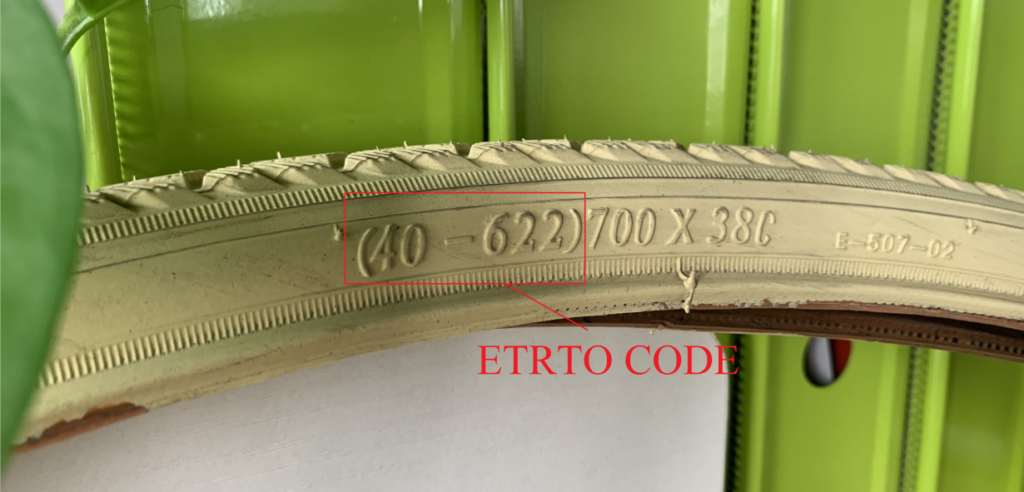Tire History
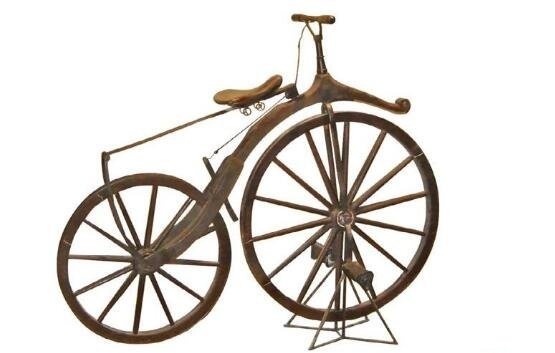
The earliest tires were made of wood. A few years later, rubber was widely used, and wheels gradually changed from wood to hard rubber.But at this time, the rubber tires are still solid, walking is still very uncomfortable, and the noise is also very loud. It was not until 1845 that a Scottish-born civil technician, R·w· Thomson, invented inflatable tyres under the title “Wheels Improvements for Wagons and Other Vehicles”. The first inflatable tire was born on December 10 of the same year.
The first person to buy an inflatable tire was Rowley, a noble, with four tires totaling forty-four pounds and two shillings. In 1847 “Science American” magazine introduced Thomson’s inflatable tyres as an epoch-making improvement. But Britain at the time, focusing too much on traditional gentlemen, and to protect the carriages and limit the development of steam cars, the cars were limited to 2mile per hour (about 3.2km) in the city and 4mile (about 6.4km). Thus Thomson’s invention had no market, and, therefore, it was slowly forgotten. That is, Tom’s first tire revolution did not bring the sun-like light to mankind, because the darkness it ought to endure seemed not to end.
But the sun was always coming out, because humans and everything needed it, and over 40 years later, in 1888, Dr. J·B· Dunlop, a medical veterinarian in Ireland, patented the inflatable tire. At that time, Mr J·B· Dunlop, 10-year-old son Johnny bought a three-wheeled bicycle, but because the tires are made of solid rubber, therefore, when walking on the road is very uncomfortable, son’s complaints inspired Mr Dunlop, therefore, forgotten for more than 40 years of inflatable tire again. With The Times advancing, the inflatable tires invented by Mr. Dunlop were soon applied on bicycles and quickly entered the automotive field, making great contributions to the development of the world automotive industry.
Bicycle Tire Size
- Traditional size system
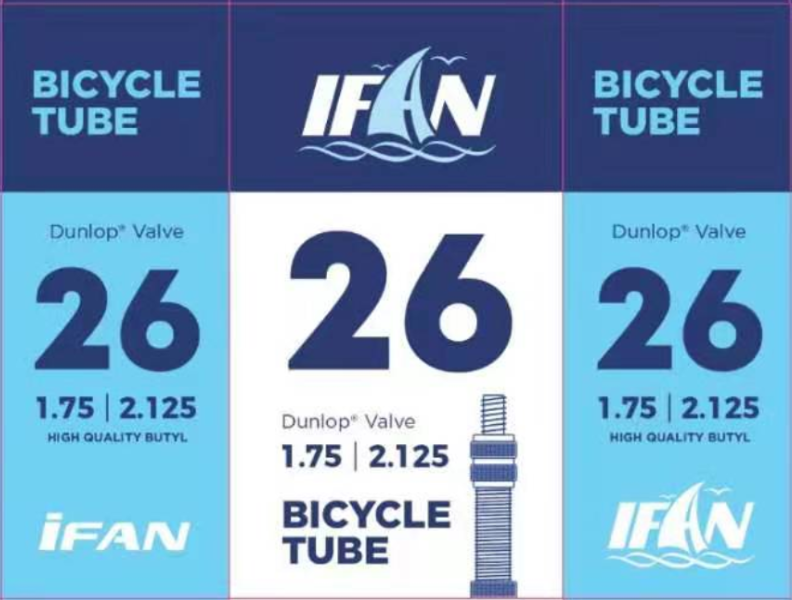
The traditional size system is based on measuring the outer diameter of the tire. This approach is usually taken in inches (26 “, 27”, etc.), or in millimeters (650,700, and so on.).
Unfortunately, the development of tires and rings makes this measurement no longer realistic. Let’s see why the 26 × 2.125 was the most popular size for “ballon tire” bikes in the late 30 s, also today in the “beach cruiser”. Tyres of this size are very in diameter to 26 inches. However some riders were not happy with the tire and wanted lighter and faster tires. The industry has made “medium” tires with a nominal size of 26 × 1.75 and can be used for the same circle. Although they are still called “26 inches”, the real size of these tires is 25 5 / 8 inches rather of 26 inches. The same ring size was also adopted by the West Coast klunker pioneers and became standard for mountain bikes. In the market, you are able to find narrow tires like 25mm for this rim, and this 26-inch tire has an actual size of about 24 7 / 8.
The second number or letter encoding indicates the width of the tire (26 x 1.75,27 x 1 1/4…650B,700C…)
- Does “0.75” mean “3/4”?
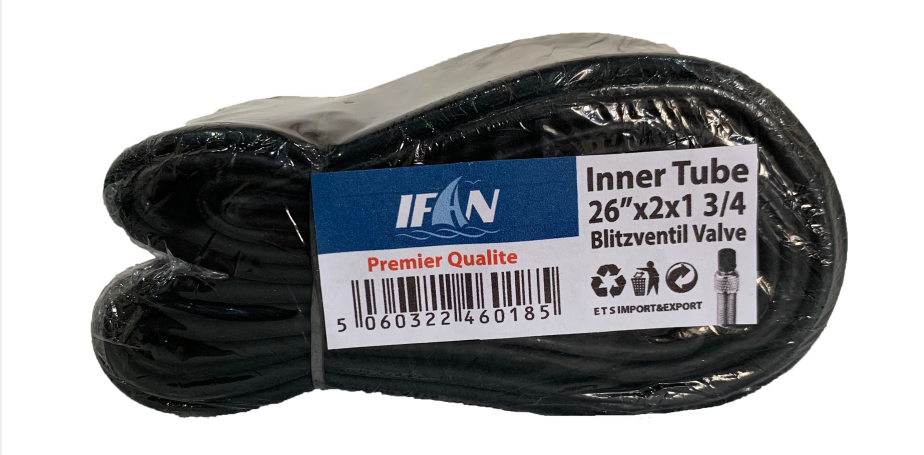
Note that the nominal inch system is sometimes expressed in decimal for width (26 × 1.75) and sometimes for fraction (26 × 13 / 4). This is the most common cause of the mismatch. Although these dimensions are nominal and mathematically equal, they are tires of different sizes, which cannot be used interchangeably.
If I want to summarize the tire size features, while a little hanging, I am confident to propose the following rules:
Brown rules for the tire size:
If both tires are mathematically equal and one uses decimal and the other uses scores, the two tires cannot be used interchangeably.
Sometimes tire manufacturers even make nonsense on this issue. In particular, some European models are also mismarked, which should have used decimal nominal but mistakenly used scores.
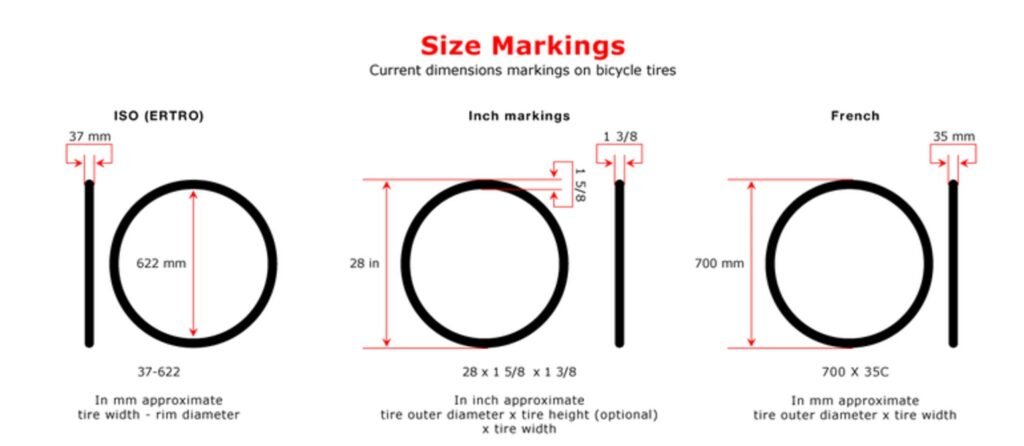
- Size fraud
Competitive pressure often leads to errors in broadband measurements. The following reasons are: Assuming you are looking for high-performance 700 × 25 tires, you may find the lightest 700-25 tires through research directory manuals and advertising. If Pepsi and Coca tires had the same quality and technology, but Pepsi ‘s 700-25 were actually 700-24 just labeled 25, then Pepsi would be lighter than Coca’ s actual nominal 700-25. So Pepsi has a competitive advantage. And Coca Company even identifies the lighter 700-23 as 700-25.
This was common in the 70 s and 80 s, grew out of control, and saw a trend (but not common) to return to exact width measurements.
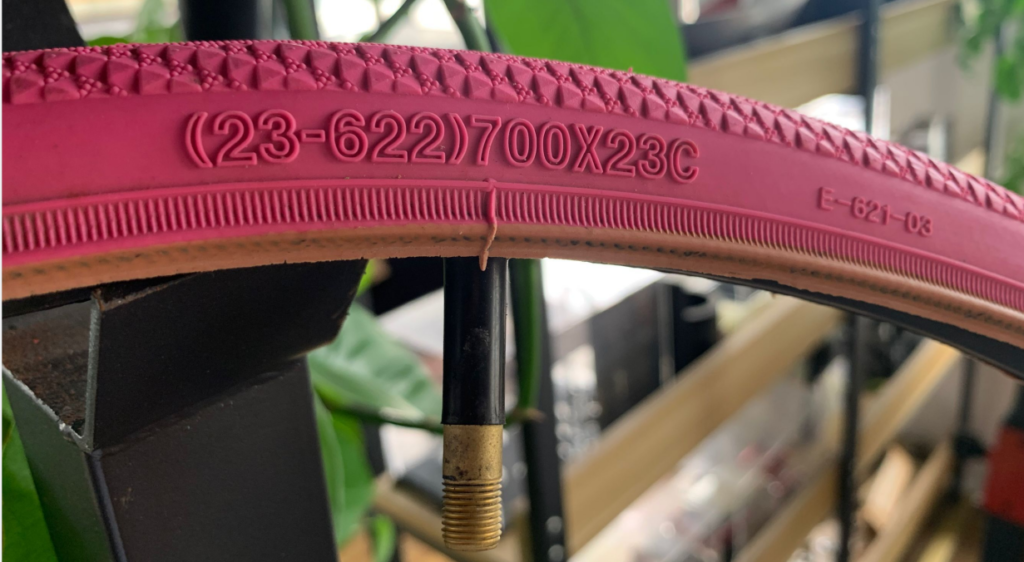
- ISO (E.T.R. T.O.) system:
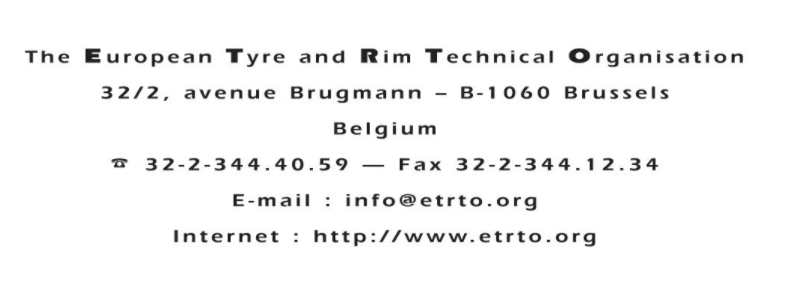
ISO(International Organization for Standardization) has developed a universal tire size system to eliminate various problems. This system was formerly called the ” E.T.R. T.O” system, was developed by the European Tyre and Rim Technical Organization.
The ISO system uses two numbers. The first is the width of the tire or rim, in mm. (The actual broadband of the tire will vary a little depending on the width of the rim. The rim width measures the distance between the rim edges. )
The second ISO number is a key number, the diameter of the bottom of the ring hub in mm. Usually, if the number is the same, the tire can fit in the ring; if the number is different, the tire will not be fitted.
